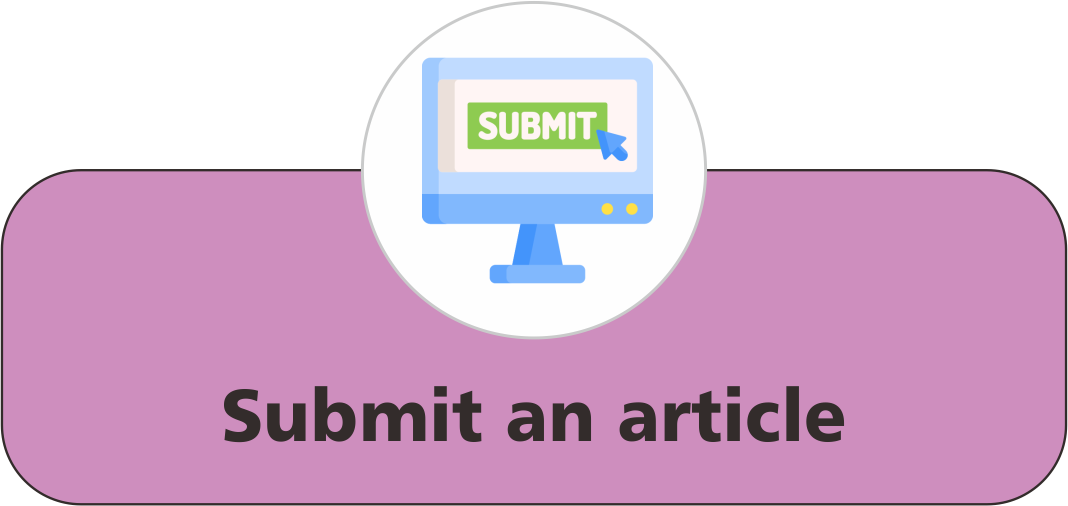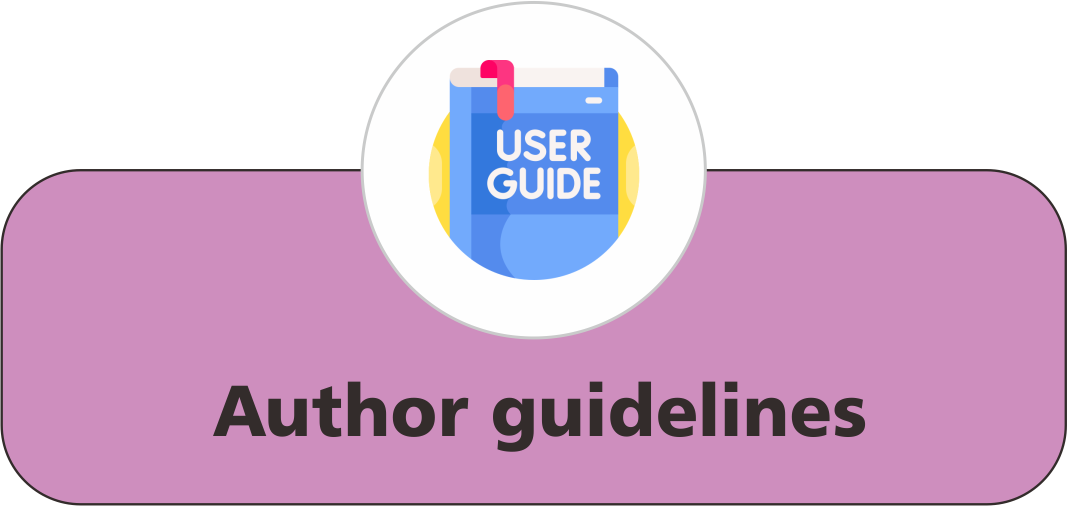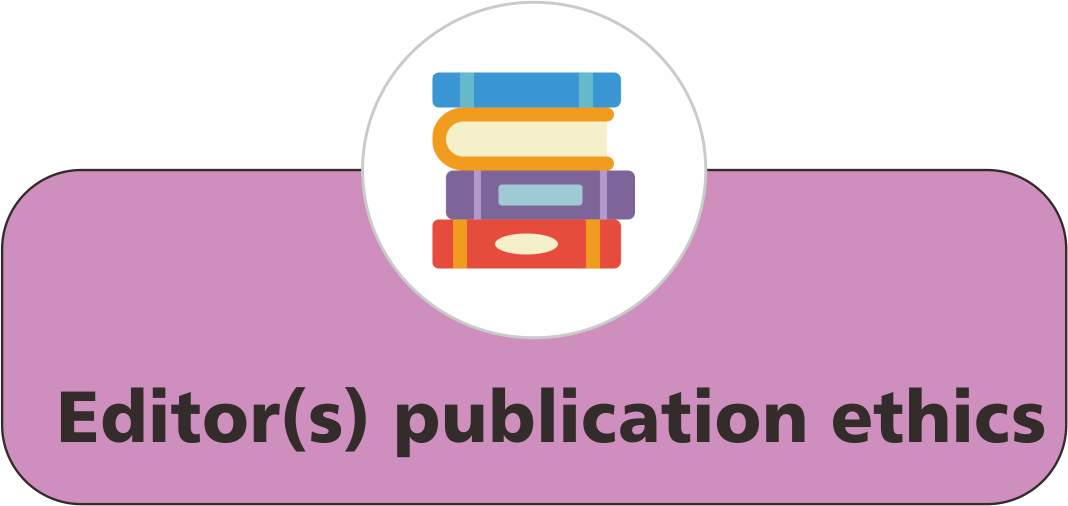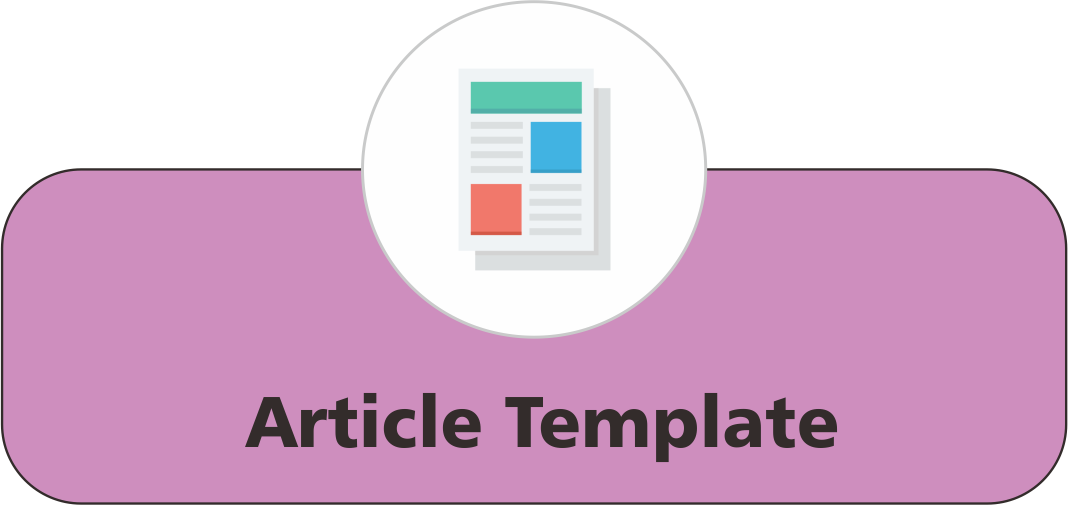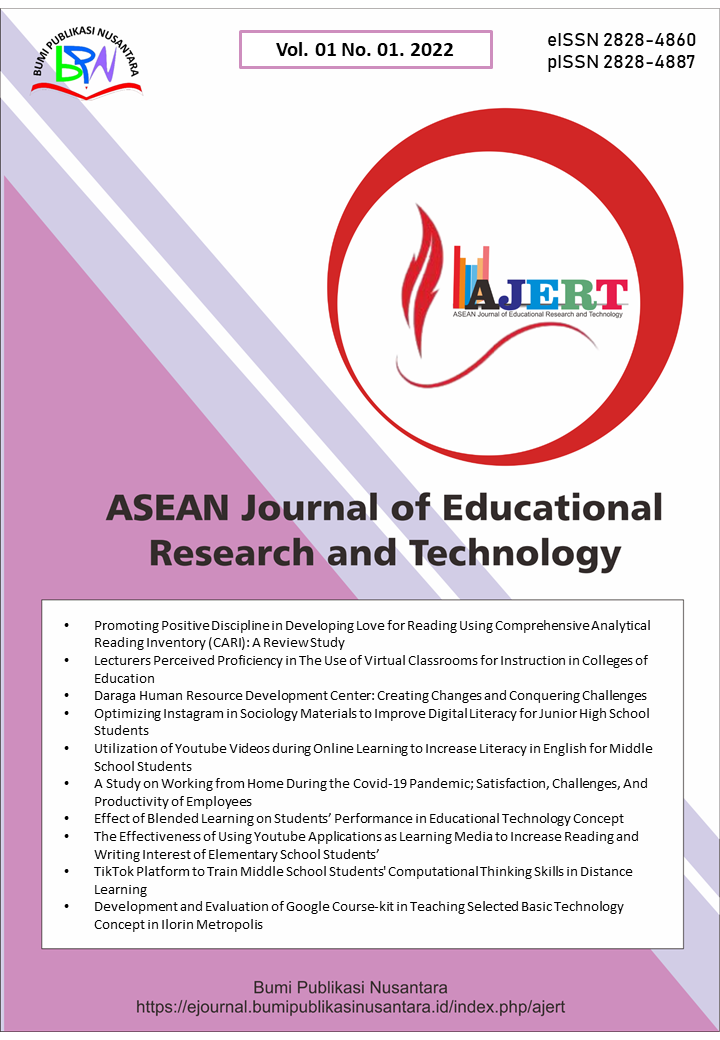A Bibliometric Analysis of Global Trends in Engineering Education Research
 ),
),
(1) Universitas Pendidikan Indonesia
 Corresponding Author
Corresponding Author
Abstract
Keywords
References
Abdussemiu, A. (2022). Problems of teaching practical biology in senior secondary schools. ASEAN Journal of Science and Engineering Education, 2(3), 199-206.
Abulude, F.O., Oluwafemi, M.O., Arifalo, K.M., Elisha, J.J., and Yusuf, A. (2022). Real-time air quality index app: The use of e-weather HDF app for education in monitoring of pollutants and meteorological parameters in Nigeria. ASEAN Journal of Science and Engineering Education, 2(2), 157-162.
Ahsan, M., Uzair, M., and Ali, M. (2022). Attitudes and perceptions towards cultured meat among general population in Pakistan. ASEAN Journal of Science and Engineering Education, 2(1), 111-122.
Al Husaeni, D.F., and Nandiyanto, A.B.D. (2022). Bibliometric using VOSviewer with publish or perish (using google scholar data): From step-by-step processing for users to the practical examples in the analysis of digital learning articles in pre and post covid-19 pandemic. ASEAN Journal of Science and Engineering, 2(1), 19-46.
Al Husaeni, D.N., and Al Husaeni, D.F. (2022). How to calculate bibliometric using VOSviewer with Publish or Perish (using Scopus data): Science education keywords. Indonesian Journal of Educational Research and Technology, 2(3), 247-274.
Andika, R., and Putra, Z.A. (2022). Teaching programming to chemical engineering students. ASEAN Journal of Science and Engineering Education, 2(1), 51-60.
Asuquo, E.N., Onasanya, S.A., Onasanya, T.O., and Aladesusi, G.A. (2022). Effect glogster on students’ academic achievement in selected basic technology concepts in Ilorin metropolis. ASEAN Journal of Science and Engineering Education, 2(1), 97-110.
Azizah, E.V., Nandiyanto, A.B.D., Kurniawan, T., and Bilad, M.R. (2022). The effectiveness of using a virtual laboratory in distance learning on the measurement materials of the natural sciences of physics for junior high school students. ASEAN Journal of Science and Engineering Education, 2(3), 207-214.
Babalola, E.O., and Omolafe, E.V. (2022). Construction process of robotic devices to teach aspect of auto mechanic in Nigeria Basic Schools. ASEAN Journal of Science and Engineering Education, 2(1), 123-128.
Babalola, E.O., and Omolafe, E.V. (2022). Detail experimental procedure for the construction process of robotic devices to teach aspect of auto mechanic. ASEAN Journal of Science and Engineering Education, 2(2), 169-176.
Babalola, E.O., and Omolafe, E.V. (2022). Effect of developed mobile application on undergraduates academic performance in computer science. ASEAN Journal of Science and Engineering Education, 2(3), 215-222.
Cabanatuan, D., and Ahmad, C. (2022). Permissive parenting style and maladaptive behavioral tendencies among junior high school students of Notre Dame of Tacurong College, Mindanao, Philippines. ASEAN Journal of Science and Engineering Education, 2(1), 87-96.
Cruz, E.D.B., Razon, J., Dayao, J.D., Garcia, K.R.C., Manuel, M.A.M., Tiria, G.C., and Tangcuangco, A.L. (2022). Awareness and acceptability of the university's vision, mission, goals, and objectives in bachelor of science in electrical engineering program. ASEAN Journal of Science and Engineering Education, 2(3), 253-264.
Dwiana, O., Muktiarni, M., and Mupita, J. (2022). Improved information literacy of elementary school students about living pharmacies through information and communication media (ICT). ASEAN Journal of Science and Engineering Education, 2(3), 193-198.
Joshua, A.B., Olabo, O.O., Ochayi, O.A., Musiliu, A.A., and Aderogba, O.A. (2022). Barriers limiting the use of google classroom for learning vocational and entrepreneurship courses. ASEAN Journal of Science and Engineering Education, 2(1), 61-74.
Minghat, A.D., Abdullah, N.A., and Suparman, S. (2022). The challenges of remote e-assessments during covid-19 outbreaks among undergraduate engineering programs. ASEAN Journal of Science and Engineering Education, 2(3), 229-232.
Ngag, C.J.E., Aquino, I.D.P., Satur, K.M.C., Morbo, E.A., and Calixtro Jr, V.L. (2022). Earthquake disaster preparedness for students of junior high school. ASEAN Journal of Science and Engineering Education, 2(2), 137-142.
Nueva, J., Tanaleon, J.A., and Besa, A. (2022). Rice tariffication law: Education and views of farmers in the Southern Philippines. ASEAN Journal of Science and Engineering Education, 2(2), 143-146.
Nugroho, H. (2022). Constructive alignment approach for capstone project with industry involvement: Case study in Malaysia University. ASEAN Journal of Science and Engineering Education, 2(1), 37-50.
Nurfalah, I., Maryanti, R., Wulandary, V., and Irawan, A.R. (2022). Earthquake disaster mitigation explanation to prepare a disaster response generation for students in 3th-grade of elementary school. ASEAN Journal of Science and Engineering Education, 2(2), 147-152.
Phansori, N., Phukrongta, S., Kriamthaisong, O., and Kenpankho, P. (2022). Study the relationship of earthquake and ionosphere using IRI TEC for education. ASEAN Journal of Science and Engineering Education, 2(2), 153-156.
Ramachandran, B., Ramanathan, C., and Khabou, M. (2022). A case study at the University of West Florida on improving recruitment and retention of female students in engineering. ASEAN Journal of Science and Engineering Education, 2(3), 233-252.
Rochman, S., Rustaman, N., Ramalis, T.R., Amri, K., Zukmadini, A.Y., Ismail, I., and Putra, A.H. (2024). How bibliometric analysis using VOSviewer based on artificial intelligence data (using ResearchRabbit Data): Explore research trends in hydrology content. ASEAN Journal of Science and Engineering, 4(2), 251-294.
Rusyani, E., Maryanti, R., Rahayu, S., Ragadhita, R., Al Husaeni, D.F., and Susetyo, B. (2022). Application of scrabble game in improving learning of simple sentence structure on the student with hearing impairment. ASEAN Journal of Science and Engineering Education, 2(1), 75-86.
Shah, S.S. (2022). A study on attitude of urban and rural college students towards science. ASEAN Journal of Science and Engineering Education, 2(2), 177-182.
Strömberg, L.J. (2022). Models for interactions in boundary layers at rotational motions in noncircular orbits: The concept for teaching science. ASEAN Journal of Science and Engineering Education, 2(3), 223-228.
Tipmontiane, K., and Williams, P.J. (2022). The integration of the engineering design process in biology-related STEM activity: A review of Thai secondary education. ASEAN Journal of Science and Engineering Education, 2(1), 1-10.
Widdyusuf, L., Muktiarni, M., and Mupita, J. (2022). Earthquake disaster preparedness for students of junior high school. ASEAN Journal of Science and Engineering Education, 2(2), 129-136.
Wijaya, H., Maryanti, R., Wulandary, V., and Irawan, A.R. (2022). Numerical minimum competence assessment for increasing students’ interest in mathematics. ASEAN Journal of Science and Engineering Education, 2(3), 183-192.
Wirzal, M.D.H., and Halim, N.S.A. (2022). Short play approach for analytical chemistry class. ASEAN Journal of Science and Engineering Education, 2(2), 163-168.
Yolanda, Y.D., and Nandiyanto, A.B.D. (2022). How to read and calculate diameter size from electron microscopy images. ASEAN Journal of Science and Engineering Education, 2(1), 11-36.
Article Metrics
Abstract View : 99 times
: 99 times Download : 50 times
Download : 50 times
Refbacks
- There are currently no refbacks.
Copyright (c) 2025 Bumi Publikasi Nusantara

This work is licensed under a Creative Commons Attribution-ShareAlike 4.0 International License.

